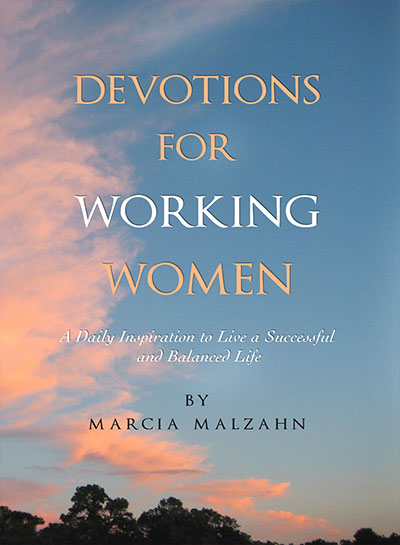As you set out to look for Board successors, consider these 7 best practices for an ideal community bank board of directors. As we conduct strategic planning sessions with community banks around the nation, we often hear the need for succession planning at the Board level. This need is so urgent that it becomes one of the institution’s top objectives for their strategic plan. But whether that’s your situation or not, these 7 best practices for an ideal community bank board of directors may help you:
Differentiate between “independent/outside director” and an “insider.”
The first step is to understand the difference between an “independent/outside director” and an “insider.” Outside directors are those who are not employed by the institution nor are a large shareholder. They can be a customer and can (and should) receive compensation for their Board service. An insider, on the other hand, is employed by the institution for their regular job or is a family member and part of the ownership. Ideally, in a community bank board of seven Directors (which is the minimum we recommend), you should have four outside directors and three insiders. With three insiders you can have the majority shareholder/owner, one family member, and the CEO of the bank.
Be open to inviting “independent/outside directors.”
Be willing to invite “independent/outside directors” to join your board who are not family members, nor owners, nor customers. These candidates are hard to find but they are the best suited for the Audit Committee Chair role. They bring a true objective perspective and have zero conflicts of interest. They will tell you the truth!
Avoid the risk of having other executives as directors.
It is common for small community banks to have more than one executive as Board directors. I strongly caution you against this practice as it puts the bank at risk in two ways: First, if you lose the executive, you will also lose a director. Secondly, if the executive has performance issues, you cannot discuss it with other directors without excluding that one director and that, at the least, can be awkward. At the worst, your bank keeps a bad performer which puts you at risk.
As a best practice, the President/CEO should be the only executive that is a director. If your bank has a separate CEO and President then, ideally, only the CEO should be on the Board. The President can also be on the Board but keep in mind he/she occupies an additional insider seat.
Pay your Directors well.
Directors of a bank have an enormous responsibility and risk. For this reason, you don’t necessarily compensate them only for the time they spend on meetings. Some institutions hold monthly meetings in addition to quarterly committee meetings. The Board package ranges from 100 to 300 pages, and it takes time to read and come prepared to the meetings. Most Board directors still run their own businesses or hold high positions of leadership. Therefore, it is fair to compensate them for their time, in addition to their fiduciary liability. If you want to attract the best board directors, you must compensate them fairly based on your asset size and complexity of your institution.
There are out outside organizations such as Bank Director that conducts in-depth Board compensation surveys that you may check out. You could also ask your peer bank colleagues if you need to review your Board compensation.
Clarify Directors’ roles and expectations.
The primary roles of directors are their fiduciary duty to enhance the shareholders’ value, provide strategic direction for the bank, and to protect the customers’ data and deposits by ensuring the bank is safe and sound. Board Directors can refer business to the bank but that is not their primary responsibility. Business development is a management responsibility and that is the primary function of business development officers.
Invest in Director training.
It is crucially important that you invest in director training and budget for it annually. There are conferences, webinars, and onsite training you need to provide to your directors to stay on top of regulation, cybersecurity, and risk management. There are also special certifications such as the Certified Community Banking Director offered by the SW Graduate School of Banking Foundation in partnership with the Southern Methodist University.
Consider establishing an age limit.
While it’s important to consider establishing an age limit, I am personally more interested in director engagement. If a director is actively engaged in the meetings and provides valuable insight, it doesn’t matter how old they are. Having said that, it is important to bring fresh blood and new perspectives to your Board of Directors as well as diversity of skills.
I hope these 7 best practices for an ideal community bank board of directors helps you in your quest for your directors’ successors. Struggling with your directors? As always, we’re here to help.








